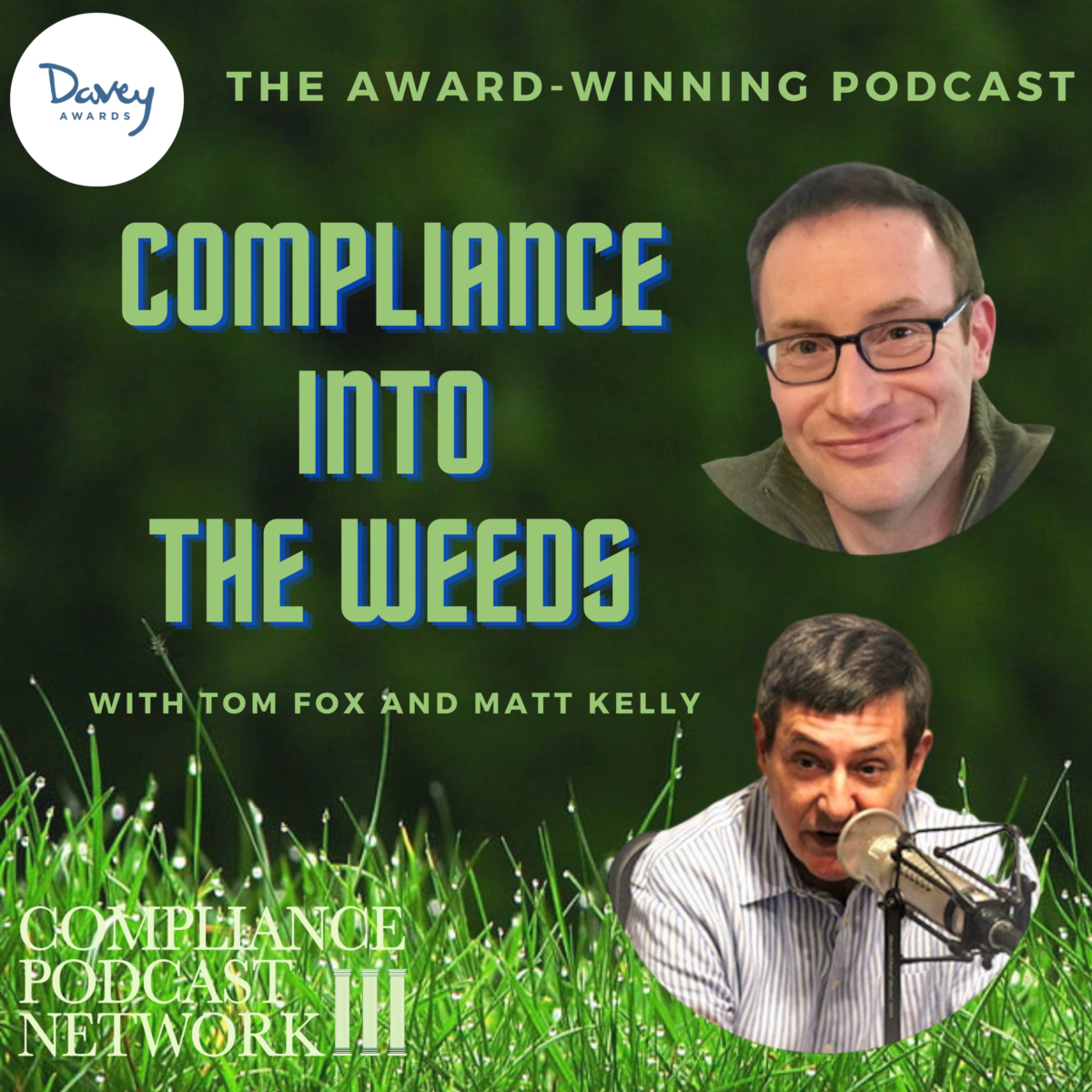In compliance, we often view career advancement as a ladder, a relentless climb toward greater authority, higher compensation, and more significant responsibilities. But what if the path to long-term success is not a straight ascent? Instead, what if it is more like a jungle gym, offering opportunities to move sideways or even down temporarily to reach greater heights in the future?
The phrase “careers are a jungle gym, not a ladder,” attributed to journalist Pattie Sellers and popularized by Sheryl Sandberg, offers a refreshing perspective. Adopting this mindset can be transformative for compliance professionals, as well as for both individual growth and organizational resilience. Interestingly, the Department of Justice evaluates the mobility of compliance professionals within an organization. Brian Elliott looked at this phenomenon in a recent MIT Sloan Management Review article entitled When Moving Sideways Makes Sense.
Why Compliance Professionals Feel Stuck
In today’s job market, many professionals find themselves in a rut. The slowdown in promotions and a stabilizing economy have left employees feeling stagnant. While layoffs have not accelerated, promotions have plateaued, and opportunities for upward mobility seem limited. Rising burnout rates compound this reality. For compliance professionals managing the “do more with less” mantra, the grind of repeating the same tasks without growth opportunities can lead to disengagement.
So, what’s the solution? It may not be looking outside your organization but exploring new opportunities within. Lateral moves, whether to a different team, project, or function, can offer a much-needed change of pace, a chance to build new skills, and a renewed sense of purpose.
Recognizing When It’s Time to Move Laterally
Knowing when to consider a lateral move is critical. Here are some signals:
- Lack of Learning Opportunities. If you have mastered your current role and no longer feel challenged, it is time to look for something new.
- Misalignment with Leadership or Team. A poor fit with your manager or team can make work a struggle. Moving to a different group can offer a fresh start.
- Desire for Skill Development. If your long-term career goals require expertise, you can’t gain it in your current role, so a lateral move could help you bridge the gap.
- Burnout or Low Engagement. When work feels monotonous, a change of scenery, even within the same company, can re-energize you.
For compliance professionals, these factors often align with organizational needs. Expanding your skill set or shifting to a new area within compliance—such as data privacy, ESG reporting, or third-party risk management—can position you as a more valuable asset and expand your personal brand while keeping you engaged.
The Challenges of Lateral Moves
Despite their benefits, lateral moves come with risks. They may involve stepping down in authority, accepting stagnant compensation, or facing initial performance challenges in an unfamiliar area. These risks can be daunting in compliance, where professionals are often judged by their titles, responsibilities, and influence.
However, the rewards often outweigh the risks. Moving laterally can expand your network, broaden your expertise, and prepare you for leadership roles that demand cross-functional knowledge. These moves can be especially valuable in compliance, where adaptability and breadth of expertise are prized.
Building a Culture of Internal Mobility
For organizations, encouraging lateral mobility is not just an employee retention strategy but a business imperative. Companies like Google and Synchrony have recognized the value of internal mobility, implementing programs that make it easier for employees to explore new opportunities within the company. These initiatives reduce burnout, foster innovation, and build a pipeline of well-rounded leaders.
Yet many organizations lack the infrastructure to support lateral moves. Performance metrics and compensation structures often reward upward mobility, while managers may resist losing top talent to other teams. To overcome these barriers, compliance leaders can champion internal mobility by creating formal programs to develop frameworks for lateral moves, including short-term assignments or rotations, to encourage cross-functional collaboration. Another tactic might be to recognize lateral successes within your organization. Finally, train your middle managers on the benefits of internal mobility and encourage them to support their team members’ growth.
How Compliance Professionals Can Navigate Lateral Moves
If you are a compliance professional considering a lateral move, here are some strategies to ensure success:
- Identify Allies and Sponsors. Building relationships with leaders who can advocate for you is critical. Sponsors can provide guidance, open doors, and reduce the risks of making a significant change.
- Communicate Your Goals. Be transparent about your desire to grow and learn. This helps managers and mentors understand how they can support your development.
- Invest in Learning. Pair a lateral move with external learning opportunities, such as certifications or professional development courses, to enhance your value.
- Stay Open to Short-Term Setbacks. Accept that a lateral move might not yield immediate rewards. Focus on the long-term benefits, such as skill acquisition and expanded career options.
Why Lateral Moves Matter for Compliance
Compliance professionals operate in a dynamic environment where regulations, risks, and business priorities constantly evolve. Lateral moves can equip you with the diverse experiences needed to navigate this complexity. Consider that a move from investigations to training can deepen your understanding of preventative measures; shifting from a regional role to a global one can enhance your perspective on cultural and regulatory nuances; or transitioning from compliance to a related function, like internal audit or legal, can broaden your strategic insights. These experiences make you a more effective compliance professional and prepare you for leadership roles where cross-functional expertise is essential. Never forget the Brand of You.
Final Thoughts: The Jungle Gym Advantage
In the compliance field, careers are not linear. Embracing the jungle gym approach can help you stay engaged, continuously learn, and build the skills needed for long-term success. For organizations, fostering a culture of internal mobility is a strategic advantage, enabling you to retain talent, drive innovation, and develop future leaders.
So, the next time you feel stuck, consider a lateral move. It might just be the step you need, not up but across, to achieve your goals and elevate your career in compliance.








